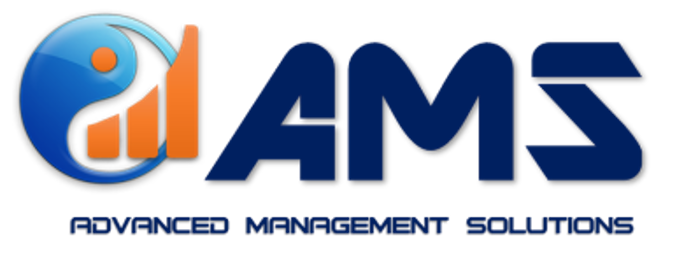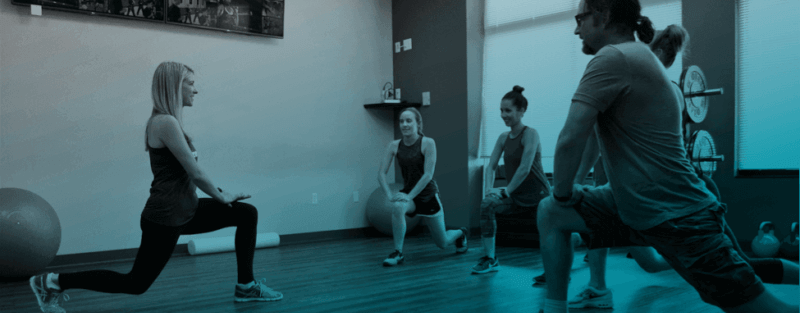Key Performance Indicators (aka KPI’s) are financial tools used to measure the effectiveness or profitability of your studio business. Most of these KPI’s are applicable to almost any business, but some are unique, or have greater relevance, to fitness studios. And, if you have the right gym management software seeing how you stack up should be easy.
The KPI’s listed below provide an insightful snapshot of what studio owners are currently tracking.
 1). Revenue per Client/Member (39% of all studios track this)
1). Revenue per Client/Member (39% of all studios track this)
The KPI that’s most measured in the studio business is Revenue per Client (RPC). This simple calculation (annual revenue divided by number of clients) provides certain clarity and ease of tracking that make it such a commonly used measurement.
What RPC does not do, however, is give you any insight as to how or where your clients are spending their money with you. Therefore, while RPC is a great KPI from 30,000 feet, you’ll need more to understand what’s working and what’s not working within your studio.
2). Average Class Attendance (36%)
Not surprisingly, Average Class Attendance (ACA) is a close second among KPI’s tracked by studio owners. After all, if classes are the heart of your business then ACA is critical for two reasons:
- The ACA must support the instructor and class size will determine the break even and profitability of each class, allowing you to reschedule or replace as the case may be
- The profit/loss on each class is a critical component to the profit/loss for the entire studio
The problem with ACA isn’t with what it measures, but rather what it doesn’t measure – revenue. If you’ve embraced internet middlemen or Class Pass, or if you’ve otherwise discounted for any reason – your attendance may be up, but your profitability could easily be down.
3). Client Retention Rate (28%)
The fitness industry has struggled with client/member retention seemingly since the beginning of time. Retention, the percentage of clients you retain, is critical to long term profitability for two key reasons:
- First, if you’re losing too many clients, there must be something wrong with your business. Are you delivering on your brand promise? Is your pricing in line with your offerings? Are your clients receiving the experience they’re looking for? Poor Retention Rates are an indication that something’s amiss.
- Second, the only way to replace a client who’s scurried out the back door is to bring somebody new in through the front door. That means marketing strategies, tactics, messaging, time and expenditure along with concomitant sales effort.
Therefore, Client Retention Rate is a strong, analytical KPI. Keep measuring it.
4). Profit Margin (24%)
Every business selling anything needs to know its Profit Margin (PM). Calculated as a percentage of revenue, PM is simply how much you have left over once you’ve applied expenses to revenue.
What PM must also do is look behind the numbers. Overall profitability is the goal, of course, but are all elements of your business profitable? Are there areas that can be turned around? Or should new programs that can deliver more to your bottom line replace them?
5). Average Daily Attendance (24%)
Despite being tracked by nearly one-fourth of all studios, Average Daily Attendance, might be the least effective KPI of them all. Yes, how many people come in each day is a nice number to know, but it comes up short in the insight department.
Why are these customers coming in? What time(s) of the day are they coming? Are they coming in alone or with a friend? What do they do once they’re in the studio? Do they all pay?
These and many other questions will remain long after you’ve calculated your Average Daily Attendance.
6). Revenue per Session (20%)
If you’re in the Group Ex business, as many studios are, then Revenue per Session (RPS) is an excellent KPI to track primarily because it’s measuring income assigned to your number one offering and can be easily tracked in your fitness management software.
Not only will RPS tell you if your sessions are profitable, it can rank your sessions – and instructors – so you can determine those exceeding expectations based on day/time of a class, type of class and instructor for the class.
Given that direct expenses beyond instructor’s time are minimal for most classes, it will be a simply calculation to determine net income per session – one of the keys to your success.
7). EBITDA (7%)
EBITDA is nearly as difficult to understand as it is to pronounce. Yet it’s one of the most under-tracked and underutilized KPI’s, generally only reviewed with your accountant when it’s time to file your taxes or you’re getting ready to sell your business. And those may be the only places EBITDA is useful, so it’s no wonder only 7% of studios track it.
EBITDA is a company’s earnings before interest, taxes, depreciation and amortization, essentially a determination of a company’s current operating profitability (i.e. how much profit it makes with its present assets and its operations on the products it produces and sells, as well as providing a proxy for cash flow).
8). Revenue per Square Foot (5%)
Revenue per Square Foot (RPSF) measures how much money you’re generating from the space you’re occupying – an incredibly useful nugget of data that, sadly, is being missed by 95% of studio owners.
RPSF is an easy calculation (divide your annual revenue by the square footage of your facility, e.g., if your studio generates $300,000 annually and you occupy 3,000 square feet, your RPSF is $100). The average studio generates an RPSF of roughly $70, but some studios are double or even triple that.
How? RPSF tells you the spaces that are producing for you and those that are not. It forces you to view your studio and your business from a space utilization perspective and once that occurs you will readily see areas (literally) that can be turned into profit centers.
It makes no sense to track all eight of these KPI’s as the necessary time and almost certain redundancy would be counterproductive. Select the two or three that make the most sense for your business and stick with them. You’ll be amazed at how much clarity it will bring to your operation.
By Zen Planner






